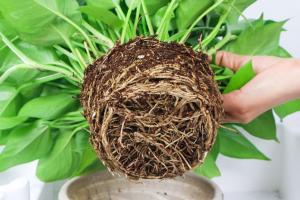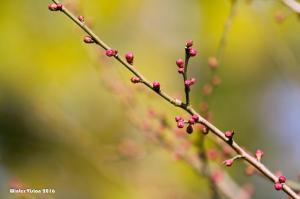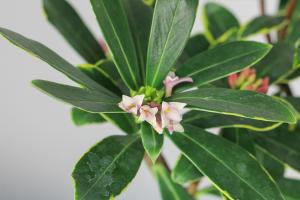What is a Seed Plant?
Seed plants are vascular plants that reproduce by means of seeds. They are one of the most successful and diverse groups of plants on earth. Seed plants can be found in almost every habitat, ranging from deserts to rainforests, and from arctic tundras to tropical islands. In this article, we will explore the characteristics of seed plants, their types, and their importance to humans and the environment.
Characteristics of Seed Plants
The most distinctive characteristic of seed plants is their ability to produce seeds. A seed is a reproductive structure consisting of an embryo and a store of nutrients, surrounded by a tough outer coating. Seeds provide protection for the developing embryo and ensure its dispersal to new locations.
Another important characteristic of seed plants is their vascular system. They have specialized tissues that transport water and nutrients throughout the plant. This allows them to grow taller and larger than non-vascular plants, which must rely on diffusion to transport water and nutrients.
Seed plants also have a life cycle that includes alternation of generations. In this cycle, the plant alternates between a diploid sporophyte generation and a haploid gametophyte generation. This allows for genetic diversity and increases the chances of successful reproduction.
Types of Seed Plants
There are two main types of seed plants: gymnosperms and angiosperms.
Gymnosperms are seed plants that do not produce flowers or fruits. Instead, they produce seeds that are exposed on the surface of cones or scales. Examples of gymnosperms include conifers, such as pine trees and spruces, and cycads, which are tropical and subtropical plants with palm-like leaves.
Angiosperms are seed plants that produce flowers and fruits. The flowers are the reproductive structures that produce the seeds, which are enclosed in fruits. Examples of angiosperms include roses, lilies, sunflowers, and apple trees.
Importance of Seed Plants
Seed plants are essential to the environment and to human life. They play a crucial role in the carbon cycle by absorbing carbon dioxide from the atmosphere and releasing oxygen through photosynthesis. They also provide habitat and food for a wide range of animals, from insects to mammals.
Seed plants are also economically important. They provide us with food, medicine, fuel, and raw materials for clothing, furniture, and construction. Examples of seed plants that are important to humans include wheat, rice, maize, soybeans, and cotton.
In addition, seed plants have aesthetic value. They beautify our parks, gardens, and landscapes, and have been inspiring artists and poets for centuries.
Conclusion
Seed plants are a diverse and important group of plants that have adapted to almost every environment on earth. They are unique in their ability to produce seeds, have a vascular system, and exhibit alternation of generations. Seed plants include gymnosperms, such as conifers and cycads, and angiosperms, such as roses and apple trees. They are essential to the environment and human life and provide us with food, medicine, fuel, and aesthetic value.

 how many times do yo...
how many times do yo... how many planted tre...
how many planted tre... how many pine trees ...
how many pine trees ... how many pecan trees...
how many pecan trees... how many plants comp...
how many plants comp... how many plants can ...
how many plants can ... how many plants and ...
how many plants and ... how many pepper plan...
how many pepper plan...































